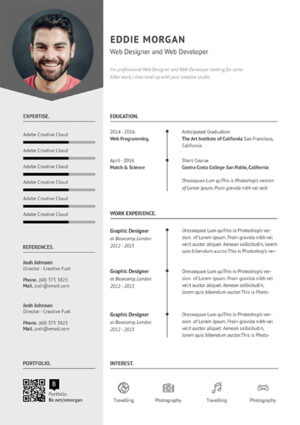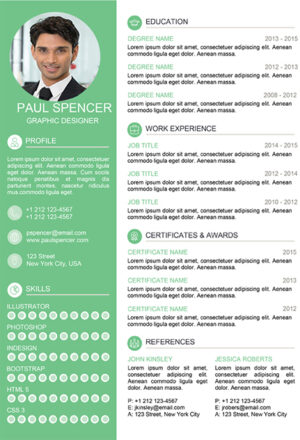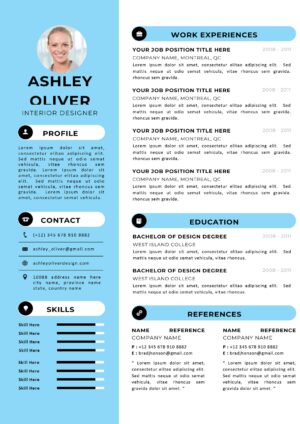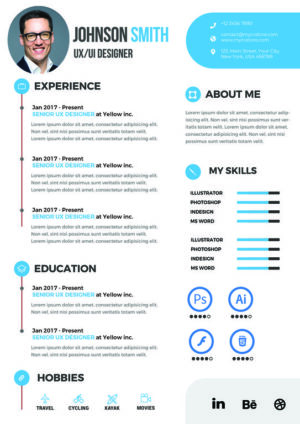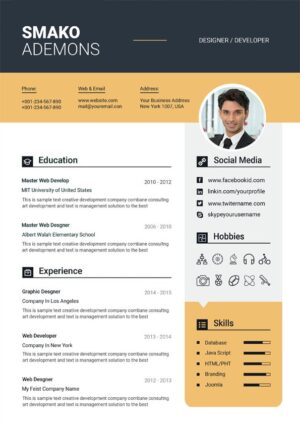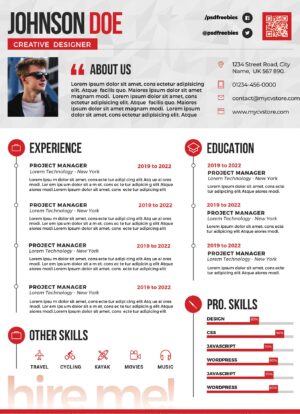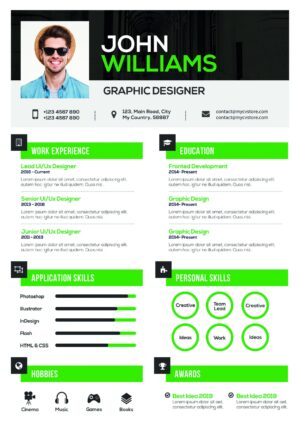Crafting the Perfect Architecture Resume
In the competitive field of architecture, having a well-crafted resume is essential to stand out from the crowd and land your dream job. Your resume serves as a reflection of your skills, experience, and qualifications, and it plays a crucial role in impressing potential employers. Let’s delve into the art of crafting the perfect architecture resume that showcases your expertise and captures the attention of hiring managers.
Understanding the Role of an Architect
Before diving into resume writing, it’s essential to understand the role of an architect thoroughly. Architects are responsible for designing and planning buildings and structures, combining artistic vision with technical expertise. They must possess a blend of creativity, problem-solving abilities, and knowledge of architectural principles.
Structuring Your Architecture Resume
The first step in crafting your architecture resume is choosing the right format. While there are various formats to choose from, including chronological, functional, and combination formats, the most common choice for architects is the chronological format. This format highlights your work experience in reverse chronological order, starting with your most recent job.
Crafting a Compelling Summary
The summary section of your resume serves as a snapshot of your professional background and career objectives. It should be concise yet impactful, highlighting your key achievements, skills, and career goals. Use this section to grab the attention of hiring managers and entice them to delve deeper into your resume.
Showcasing Technical Skills
In addition to artistic flair, architects must possess a solid foundation of technical skills. This includes proficiency in architectural software such as AutoCAD, Revit, and SketchUp, as well as knowledge of building codes and regulations. Certifications or licenses, such as LEED accreditation, should also be highlighted in this section.
Highlighting Relevant Experience
Your work experience section is the heart of your architecture resume. Include details of past projects, internships, and professional roles that demonstrate your expertise and accomplishments. Quantify your achievements whenever possible, using metrics to showcase the impact of your work.
Incorporating Education and Certifications
Education plays a crucial role in the field of architecture, so be sure to include details of your degrees, certifications, and relevant training. Highlight any specialized coursework or projects that demonstrate your expertise in specific areas of architecture.
Emphasizing Soft Skills
In addition to technical skills, employers value soft skills such as communication, teamwork, and problem-solving abilities. Use your resume to showcase these skills through examples of successful collaboration, leadership roles, and innovative problem-solving.
Adding Additional Sections
Depending on your background and accomplishments, you may want to include additional sections such as professional affiliations, honors, and awards. These can help to further differentiate you from other candidates and highlight your contributions to the field.
Tailoring Your Resume for the Job
One size does not fit all when it comes to resumes. Tailor your resume for each job application by customizing your objective statement, highlighting relevant skills and experiences, and using keywords from the job description. This shows employers that you understand their needs and are the perfect fit for the role.
Proofreading and Editing
Before sending out your resume, take the time to proofread and edit it carefully. Check for spelling and grammatical errors, ensure consistency in formatting, and make sure that all information is accurate and up to date. A polished resume demonstrates professionalism and attention to detail.
Designing a Visually Appealing Layout
In addition to its content, the visual presentation of your resume is crucial. Use a clean and professional layout, with clear headings and plenty of white space to enhance readability. Avoid cluttered designs or distracting graphics that may detract from your qualifications.
Leveraging Keywords for SEO
In today’s digital age, many employers use applicant tracking systems (ATS) to screen resumes. To ensure that your resume gets noticed, incorporate relevant keywords related to architecture and the specific job role. This will improve your chances of passing through ATS filters and reaching the hands of hiring managers.
Conclusion
Crafting the perfect architecture resume is both an art and a science. By following these guidelines and putting in the time and effort to showcase your skills and experiences effectively, you can create a resume that sets you apart from the competition and opens doors to exciting career opportunities in the field of architecture.
FAQs
- Should I include a portfolio with my architecture resume?
- While it’s not necessary to include a portfolio with your resume, it can be a valuable addition, especially if you have visually striking projects to showcase.
- How long should my architecture resume be?
- Aim for a resume length of one to two pages, focusing on relevant information and keeping it concise and easy to read.
- What should I include in my skills section?
- Include a mix of technical skills (software proficiency, drafting abilities) and soft skills (communication, teamwork, problem-solving).
- Is it necessary to include references on my resume?
- It’s generally not necessary to include references on your resume. Instead, have a separate list of references ready to provide upon request.
- Should I include a photo on my architecture resume?
- Unless specifically requested by the employer, it’s best to avoid including a photo on your resume, as it can introduce bias and detract from your qualifications.

